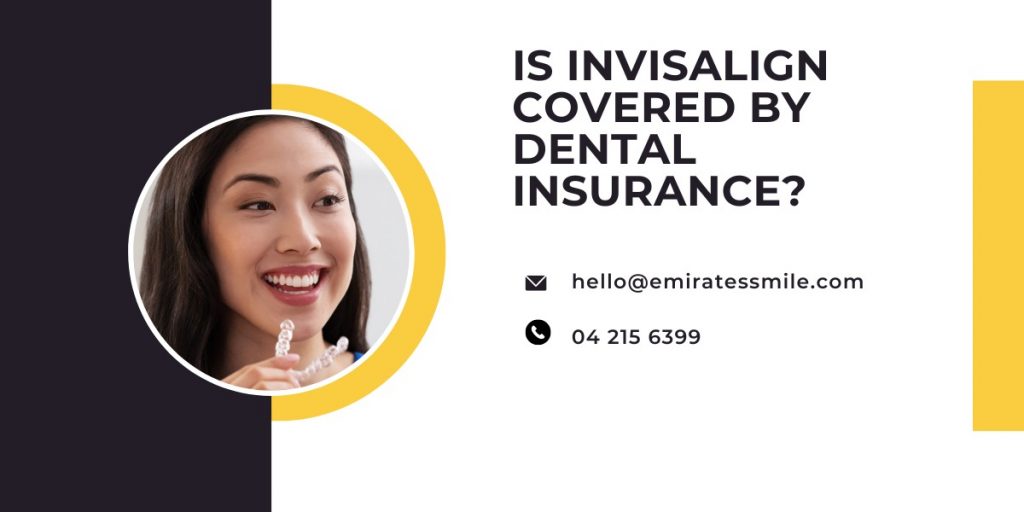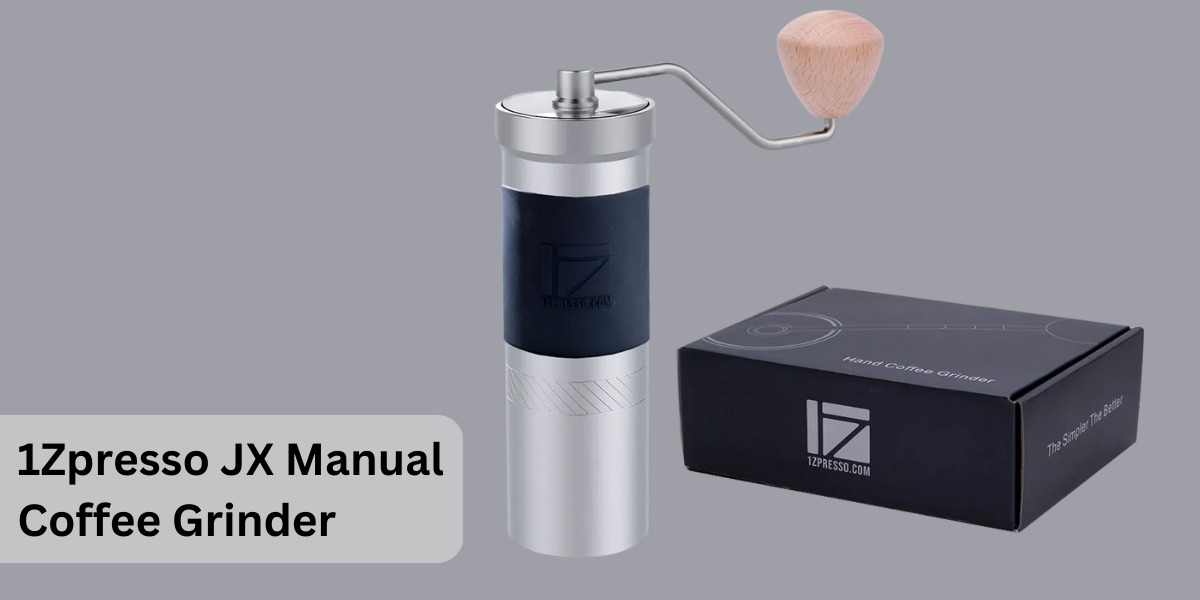Is Invisalign Covered By Dental Insurance?

Invisalign is a popular orthodontic treatment that involves wearing clear, removable aligners to gradually straighten teeth. This treatment has become increasingly popular in recent years due to its effectiveness and minimal disruption to everyday life.
But one of the main questions many people have about Invisalign is whether it’s covered by dental insurance. After all, orthodontic treatments can be expensive, so being able to rely on some form of financial assistance can be a great help.
In this blog post, we’ll look at what you need to know about Invisalign insurance coverage—including how it works, what’s covered, and more.
What is Invisalign?
Invisalign is an orthodontic treatment that uses clear, removable aligners to gradually straighten teeth. Unlike traditional braces, Invisalign aligners are virtually invisible, making them a popular choice for adults and teens who want to improve their smile without metal brackets and wires.
Most dental insurance plans do not cover Invisalign treatment, however, some plans may offer a limited benefit toward the cost of treatment. If you’re considering Invisalign, be sure to check with your dental insurance provider to see if coverage is available.

How Does Invisalign Work?
Invisalign works by gradually moving your teeth into the desired position using a series of clear, removable aligners. Each aligner is custom-made for your teeth and is worn for about two weeks before being replaced with the next aligner in the series.
As you move through the series of aligners, your teeth will slowly shift into place. The entire process usually takes about 12 to 18 months, though it can vary depending on the individual case.
Invisalign is an increasingly popular alternative to traditional metal braces for straightening teeth. Unlike braces, Invisalign uses a series of clear, removable aligners to gradually move teeth into the desired position.
The advantage of this approach is that it is much more discreet than braces, and can be removed for eating and cleaning. The downside of Invisalign is that it can be more expensive than braces, and treatment times can be longer.
In addition, Invisalign may not be suitable for all cases of misaligned teeth. However, if you are looking for a discrete way to straighten your teeth, Invisalign may be the right choice for you!
Best Invisalign Clinic In Dubai
There’s no doubt that Emirates Smiles is the best clinic for Invisalign in Dubai. Not only are their prices unbeatable, but their service is top-notch. From the moment you walk in, you’re greeted with a smile by the friendly staff.
So if you’re looking for an Invisalign clinic in Dubai that you can trust, make sure to book an appointment at Emirates Smiles today!
Invisalign vs. Traditional Braces
The clear answer is that Invisalign is not covered by dental insurance like traditional braces. However, some orthodontic insurance providers will offer a discount on Invisalign treatment. This is often due to the fact that Invisalign can be more expensive than traditional braces.
Pros and Cons of Invisalign
There are many benefits to Invisalign Dubai that make it a popular choice for people looking to improve their smile. However, there are also some drawbacks to be aware of before making a decision.
One of the biggest advantages of Invisalign is that it is much less noticeable than traditional braces. This can be a major selling point for adults who are self-conscious about their appearance. In addition, Invisalign aligners can be removed for eating and drinking, which means you won’t have to worry about food getting stuck in your braces.
However, there are also some downsides to Invisalign. First of all, the treatment can be quite expensive. Additionally, because the aligners are removable, there is a risk that they will be lost or misplaced.
Finally, Invisalign requires a significant amount of commitment from the patient in order to be successful – you must wear your aligners for at least 22 hours per day and follow all instructions from your orthodontist carefully.
How Much Does Invisalign Cost?
Invisalign is not typically covered by dental insurance, but some orthodontic benefits may help offset the cost. Invisalign treatment can range from $3,500 to $8,000, depending on the severity of your bite and how much movement is needed.
However, many patients find that Invisalign is more affordable than traditional braces, which can cost upwards of $10,000.
If you’re considering Invisalign treatment, be sure to check with your dental insurance provider to see if you have any orthodontic benefits that could help offset the cost. You can also speak with your orthodontist about payment plans or financing options to make Invisalign more affordable.
Is Invisalign Covered by Insurance?
Invisalign is a clear aligner system that is used to straighten teeth. It is an alternative to traditional metal braces. Invisalign is not covered by dental insurance, but some orthodontic insurance plans may cover part of the cost. To find out if your insurance plan covers Invisalign, contact your insurer or ask your orthodontist.
Alternatives to Invisalign
If you’re looking to improve your smile but don’t want to go the Invisalign route, there are plenty of alternative treatments available. Some common alternatives to Invisalign include:
Braces: Traditional braces are a tried-and-true method of correcting dental alignment issues. While they may not be as discreet as Invisalign, they are generally more affordable and just as effective.
ClearCorrect: ClearCorrect is a clear aligner system that uses a series of invisible plastic trays to gradually shift teeth into their desired position. Like Invisalign, ClearCorrect is virtually undetectable when worn and can be removed for eating and brushing.
iBraces: iBraces are a type of “invisible braces” that use clear or tooth-colored brackets and wires to correct dental alignment. iBraces are less visible than traditional metal braces and can be an effective alternative for those who want to avoid the appearance of metal hardware.
Dental veneers: Dental veneers are thin, custom-made porcelain shells that are bonded to the front surface of teeth. Veneers can be used to correct a wide variety of cosmetic dental issues, including gaps, chips, and discoloration. More Post Visit.





